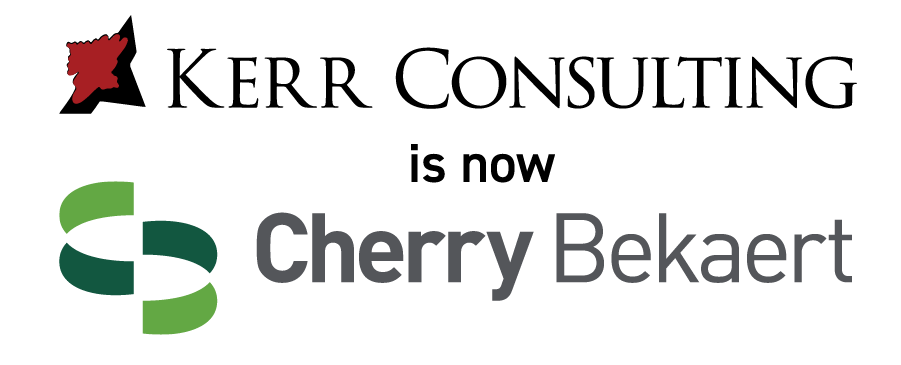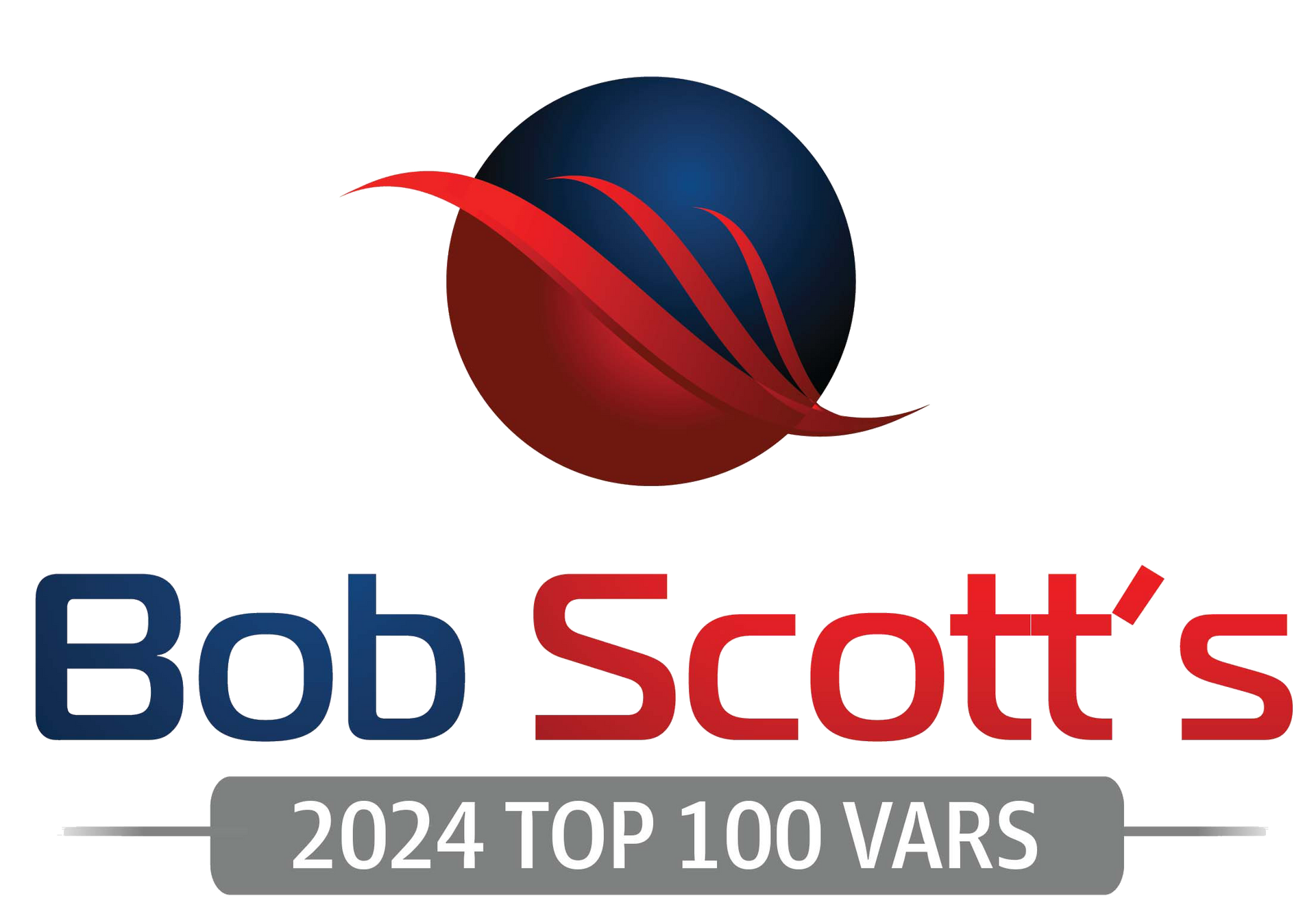Maximizing Efficiency: Integrating POS Systems with ERP Solutions for Cannabis Dispensaries
This is a subtitle for your new post

The cannabis industry is booming, with nearly 15,000 dispensaries operating across the United States. Yet, growth comes with challenges—dispensaries must navigate strict compliance regulations, manage inventory, optimize operations, and deliver exceptional customer experiences. To address these complexities, integrating Point of Sale (POS) systems with Enterprise Resource Planning (ERP) solutions is emerging as a game-changer.
This integration provides cannabis businesses with a unified platform to streamline operations, ensure regulatory compliance, and make data-driven decisions. In this article, we’ll explore the benefits, key features, and emerging trends in integrating POS systems with ERP solutions, tailored specifically for cannabis dispensaries.
Understanding POS and ERP Systems in Cannabis Dispensaries
What Are POS Systems?
POS systems are the backbone of retail operations in cannabis dispensaries. They handle:
- Sales Transactions: Processing payments while adhering to state regulations.
- Inventory Management: Tracking product movement and stock levels in real-time.
- Compliance Monitoring: Automating tasks like purchase limit tracking and age verification to meet regulatory requirements.
What Are ERP Systems?
ERP solutions integrate multiple business processes into a single platform. For cannabis businesses, ERP systems cover:
- Inventory and Supply Chain Management: Streamlining product tracking from seed to sale.
- Financial Oversight: Handling accounting, expense management, and tax reporting.
- Customer Relationship Management (CRM): Building loyalty and personalizing customer engagement.
Benefits of Integrating POS Systems with ERP Solutions
Integration of POS and ERP systems creates a seamless flow of information, offering significant advantages:
| Benefit | Description |
|---|---|
| Enhanced Efficiency | Reduces manual data entry, minimizes errors, and automates workflows for increased productivity. |
| Improved Inventory | Real-time synchronization ensures accurate stock levels and prevents stockouts or overstocking. |
| Regulatory Compliance | Automated reporting and tracking help dispensaries adhere to complex cannabis regulations. |
| Better Data Insights | Unified data enables detailed analytics for informed decision-making and strategic planning. |
| Customer Engagement | Integrated CRM tools allow for personalized marketing and loyalty programs to boost retention. |
Enhanced Operational Efficiency
By automating tasks and integrating workflows, businesses save time and reduce operational errors. A robust POS system paired with an ERP solution eliminates redundancies, allowing staff to focus on customer service and strategic growth.
Improved Inventory Management
Real-time data synchronization ensures dispensaries always know their stock levels, reducing waste and optimizing reordering processes. With advanced inventory management, businesses can prevent costly mistakes that disrupt operations.
Stat: Nearly 16% of cannabis businesses adopted new POS systems in 2021 to enhance operational efficiency and inventory tracking.
Key Features to Look for in an ERP System for Cannabis Dispensaries
Selecting the right ERP system involves evaluating its features and capabilities. Here’s what to prioritize:
| Feature | Description |
|---|---|
| Compliance Management | Automated tracking and reporting to meet state and federal cannabis regulations. |
| Inventory Tracking | Real-time product movement monitoring and automated reordering to prevent disruptions. |
| Financial Integration | Accounting, expense tracking, and financial reporting tailored for cannabis operations. |
| CRM Capabilities | Tools to manage customer data, preferences, and engagement strategies. |
| Scalability | Ability to grow with the business, supporting multi-location management and increased transactions. |
| User-Friendly Interface | Easy-to-use dashboards and tools to reduce training time and improve staff adoption. |
| Data Security | Robust measures to protect sensitive customer and business information. |
Compliance Management
With cannabis regulations varying by state, compliance is non-negotiable. ERP systems must include features like automated reporting and integration with state tracking systems such as Metrc to ensure adherence.
Considerations for Successful Integration
Assess Current Systems
Begin by evaluating your existing POS and ERP systems. Identify gaps in functionality and integration capabilities.
Choose the Right Vendor
Look for an ERP vendor with experience in the cannabis industry. They should offer:
- Support for state compliance.
- Integration with your current POS system.
- Ongoing training and technical assistance.
Plan Data Migration
Data migration is a critical step in integration. Ensure that all historical data is accurate and mapped correctly to avoid disruptions.
Train Your Staff
Adopting new technology requires comprehensive training for staff to ensure smooth implementation and high user adoption.
Stat: Businesses with well-trained staff report a 20% increase in operational efficiency after implementing integrated systems.
Emerging Trends in Cannabis Industry Software Integration
The cannabis industry is constantly evolving, and technology plays a crucial role in shaping its future. Here are some emerging trends in POS and ERP integration that dispensaries should keep an eye on:
Artificial Intelligence (AI) and Predictive Analytics
AI is transforming the way cannabis businesses manage operations by:
- Inventory Forecasting: Using historical sales data to predict future demand and optimize stock levels.
- Customer Insights: Analyzing purchase patterns to identify opportunities for personalized marketing.
- Fraud Detection: Monitoring transactions for anomalies to enhance security.
Example: A dispensary using AI-powered ERP software can reduce inventory shortages by 25%, ensuring customers always find the products they want.
Blockchain Technology for Transparency
Blockchain enhances supply chain transparency by providing immutable records of product origin, cultivation methods, and movement through the supply chain. This technology is particularly valuable for:
- Compliance Verification: Demonstrating adherence to regulations.
- Building Consumer Trust: Offering customers transparency about product quality and sourcing.
Stat: Over 35% of cannabis companies are exploring blockchain for supply chain management.
Internet of Things (IoT) Integration
IoT devices are becoming integral to cannabis cultivation and retail. Examples include:
- Smart Sensors: Monitoring environmental factors like temperature and humidity in real-time.
- POS Connectivity: Using IoT-enabled devices for seamless transaction processing and inventory tracking.
Example: IoT-connected POS systems can instantly update ERP inventory data when a product is sold, ensuring real-time accuracy.
Cloud-Based Solutions
Cloud-based ERP systems provide dispensaries with flexibility and scalability. Benefits include:
- Remote Access: Allowing multi-location management from anywhere.
- Cost Efficiency: Reducing the need for on-premise hardware and maintenance.
- Automatic Updates: Ensuring the system is always compliant with the latest regulations.
Real-World Examples of Integration Success
Case Study: Dispensary Reduces Operational Costs
A multi-location cannabis dispensary integrated its POS system with a cloud-based ERP solution. The results included:
- 20% Reduction in Administrative Costs: Automated workflows eliminated redundant manual tasks.
- 30% Increase in Inventory Accuracy: Real-time synchronization prevented stock discrepancies.
- Enhanced Compliance: Automated reporting ensured the business met state regulations without manual intervention.
Case Study: Boosting Customer Retention
A dispensary chain implemented a POS system integrated with an ERP platform featuring CRM tools. Benefits included:
- 35% Increase in Customer Retention: Loyalty programs and personalized SMS campaigns drove repeat business.
- 25% Growth in Average Purchase Value: Targeted promotions encouraged larger purchases.
Conclusion
Integrating POS systems with ERP solutions is a transformative step for cannabis dispensaries seeking to optimize operations, enhance compliance, and deliver superior customer experiences. By leveraging cutting-edge technologies like AI, blockchain, and IoT, these systems offer real-time insights and streamlined workflows.
Whether you're a single-location dispensary or a multi-state operator, selecting an ERP system with features tailored to the cannabis industry ensures scalability and long-term success. Evaluate your current systems, prioritize key features, and take the leap toward a more efficient and profitable future.
Frequently Asked Questions (FAQs)
Why is integrating POS systems with ERP solutions important for dispensaries?
Integration unifies sales, inventory, compliance, and customer data into a single platform. This reduces manual errors, enhances compliance, and improves operational efficiency.
Can ERP systems handle compliance for multi-state operators?
Yes, many ERP systems are designed to support multi-state operations, offering features like automated compliance tracking, state-specific reporting, and integration with systems like Metrc.
How can integration enhance the customer experience?
Integrated CRM tools within ERP systems allow dispensaries to personalize marketing, launch loyalty programs, and track customer preferences, resulting in stronger relationships and repeat business.
What are the upfront costs of integration?
Costs vary depending on the systems selected. However, most businesses report a strong return on investment (ROI) through efficiency gains, compliance improvements, and increased revenue.
How long does it take to implement integration?
Implementation timelines depend on the complexity of your systems and data migration needs. On average, integration projects take 2–6 months from planning to deployment.








